In pre-Columbian America, the Incas had the largest empire and a flourishing civilization. They named their empire Tawantinsuyu, which means “The Four United Provinces,” and they worshiped the Sun God, Inti. Its ruler is believed to be the Sapa Inca, the “Son of the Sun”, an earthly king of divine right.
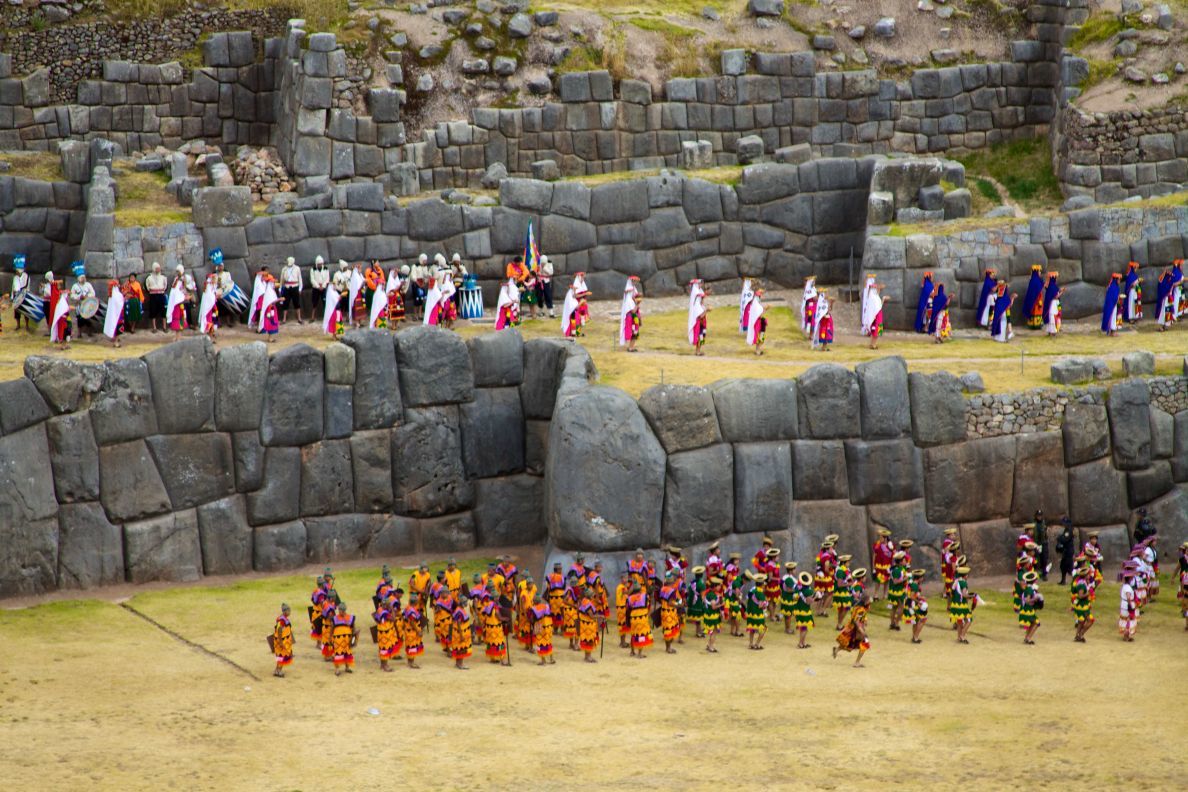
The Incas had obtained dominance over many of the other peoples in their region, either by conquest or by peaceful assimilation, and had imposed their sovereignty over other religious cults, thus incorporating a large part of western South America into their own empire, Tawantinsuyu.
However, there were some who resisted the ‘invincible’ Incas more particularly than others and some even managed to inflict fear in their rigid hearts. Such was the case of the Chachapoya, the “Warriors of the Cloud,” who managed to resist Inca assimilation for quite some time with a little help from Shaman-Sorcerers and the living mummies.
The cloud warriors of Peru
At 4,000 km upriver you reach the foothills of the Andes in Peru, and there lived the people of the Chachapoya, also famed as “The Warriors of the Clouds.” Ancient sources describe these mysterious people as individuals with lighter skin than other peoples in the region, such as the Incas. Also, they were separated not only by their physical characteristics, but by the unique culture they left behind.
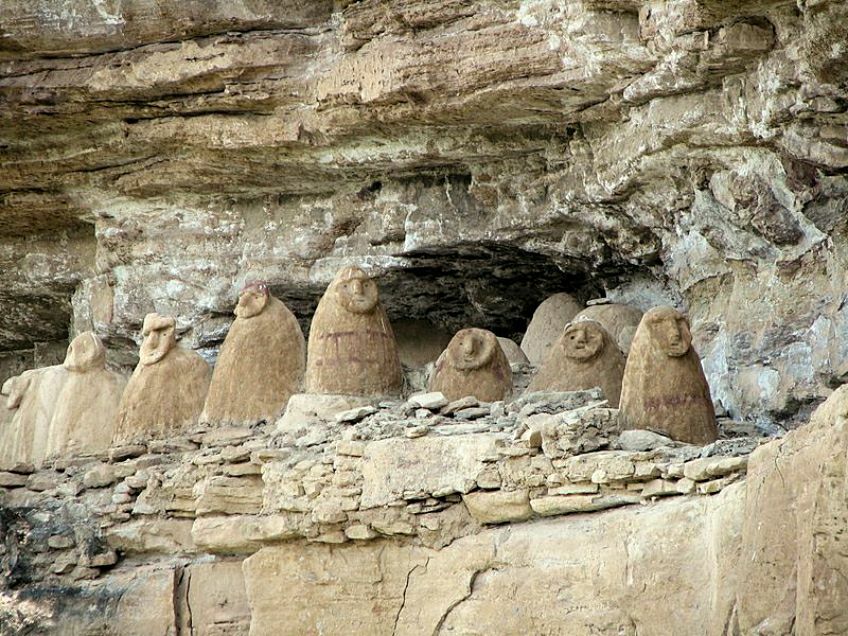
The warriors of the clouds were head hunters and used to keep the heads of their enemies as trophies. The term “sarcophagus” first appeared in Greek, where it meant “flesh-eating,” but when it came to the Chachapoya, their deads were not only buried in sarcophagi, but also on the walls of their buildings.
On a cliff in Carajía, Peru, northeast of the city of Chachapoyas, a series of figures with human faces can be seen from afar. The interesting part about these statues is the fact that they are also sarcophagi containing mummified bodies.
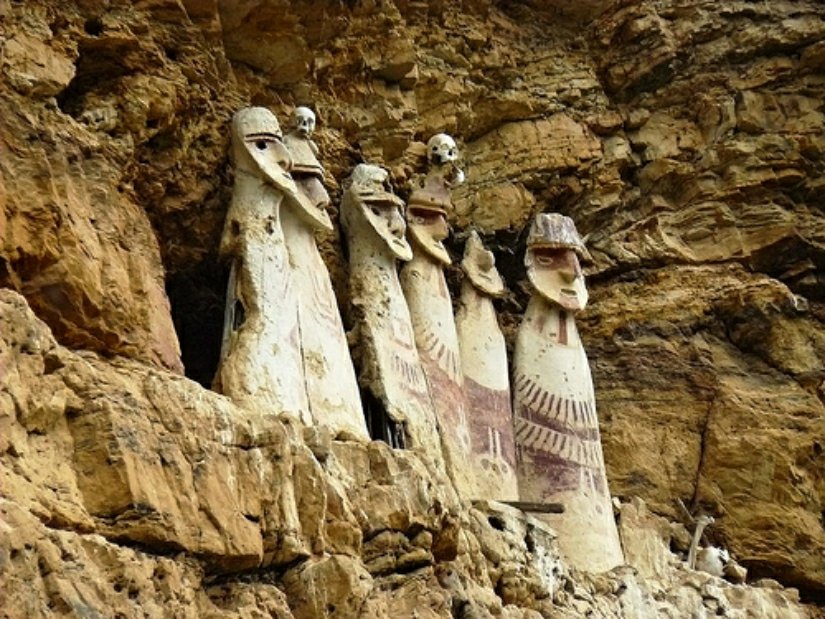
The dead among the living
In the vision of this enigmatic civilization, the body and the soul were not considered separately, and being dead actually implied continuing to live in the world of the dead. This was the reason why they built houses of the dead where the mummies of their deceased would be placed.
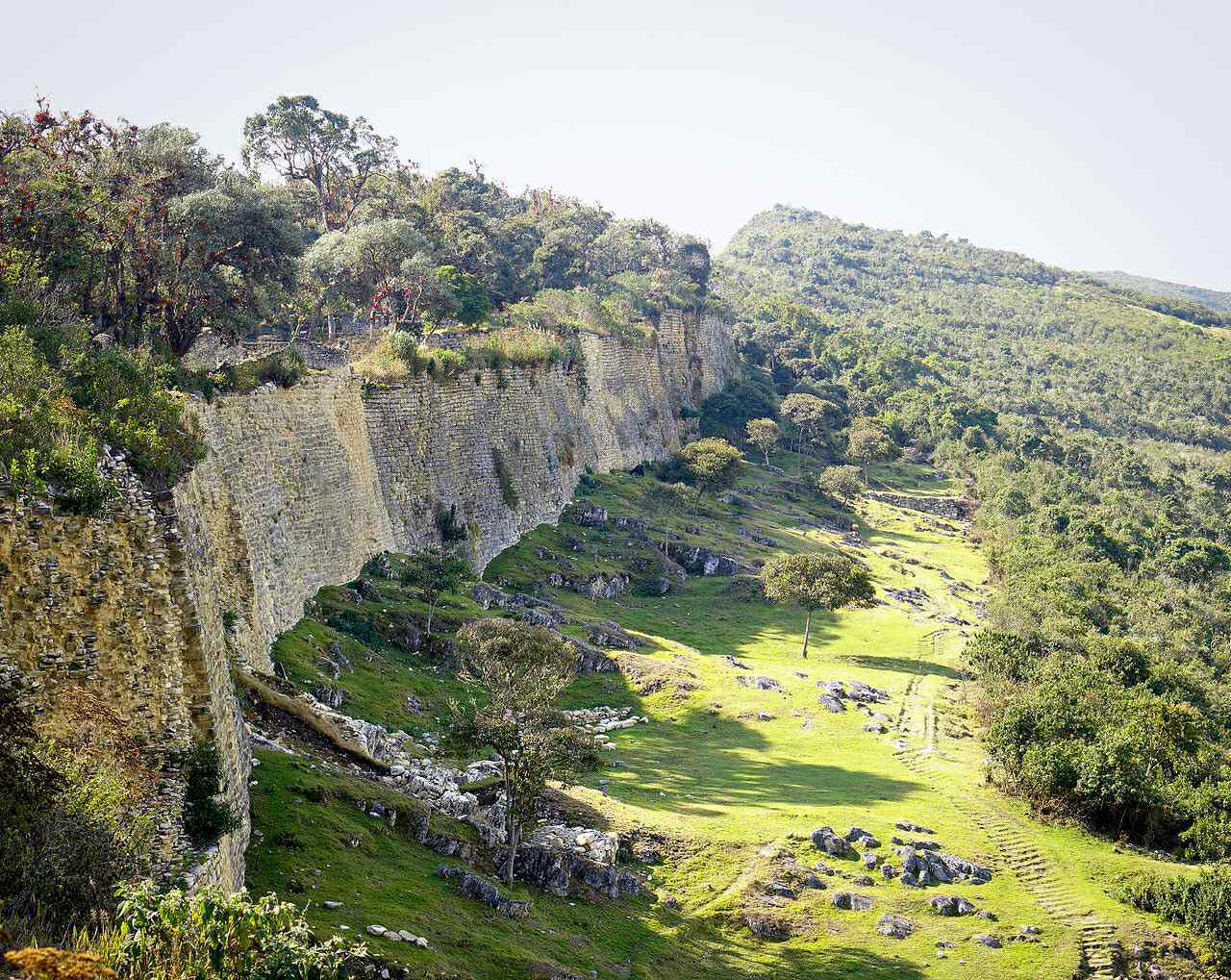
Its sorcerers were feared throughout Mesoamerica, as it was believed capable of shapeshifting in any type of wild animal and of placing terrible curses on the mummies of the deceased. The Incas feared the Chachapoya mummies, seeing them as the undead who could rise up and cause death to all arrogant or ignorant ― enough to disturb them to the core.
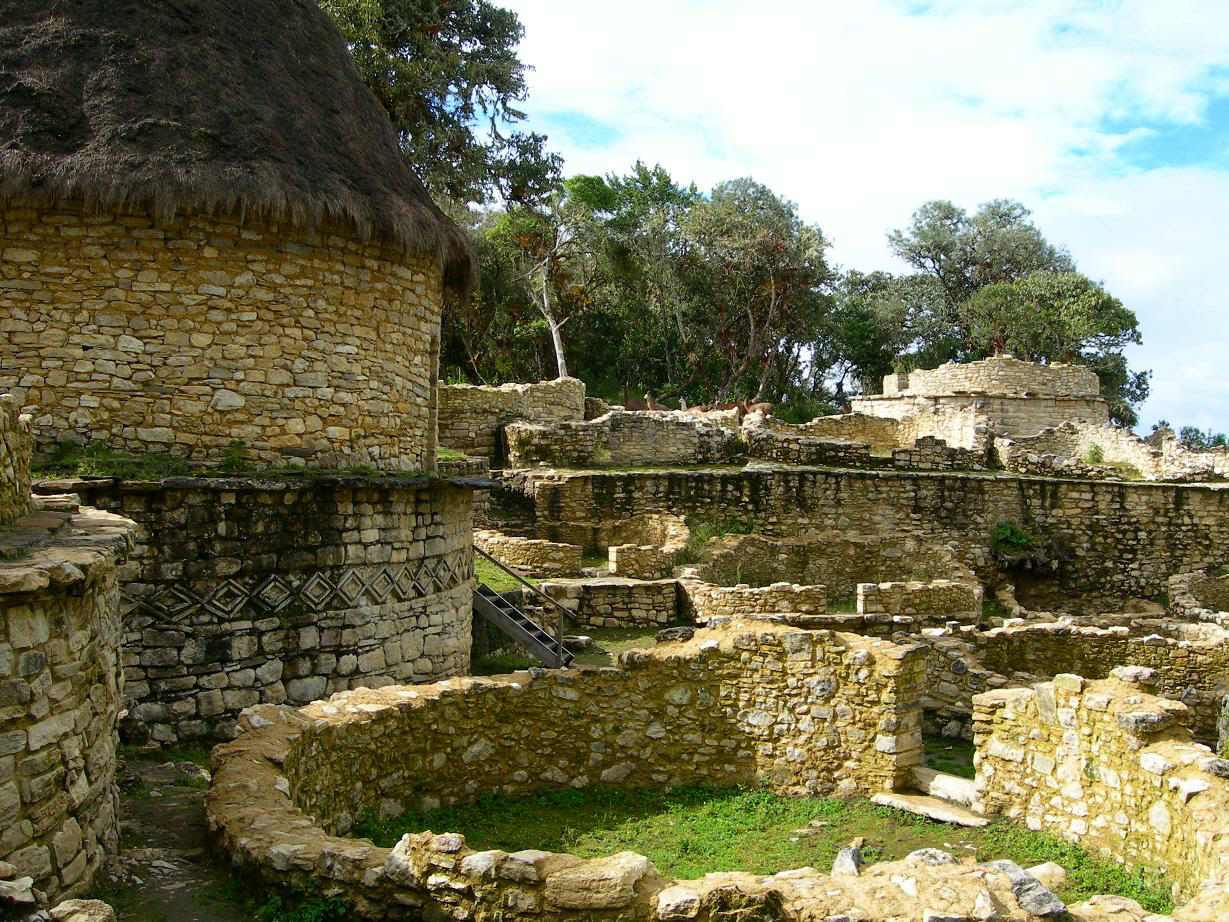
The most relevant example of Chachapoya sacred landscape can be found in Kuelap where the deads have been buried in the walls of the great construction. Dozens of people are buried there as part of the predilection, and the Warriors of the Clouds had to bury their dead on the high cliffs.
The zenith was considered as having a special importance, especially for ceremonies, so the entire construction was built in such a way that the Sun rises on one side of the structure and is set directly opposite. The Shamans of Chachapoya knew the exact dates when the sun would shine on the construction, such as the March 4th, and it was then that sacred rituals, festivals and celebrations were performed.
Sacrifice and resistance
The ceremony of the temple also included ritual sacrifice. At Kuelap, archaeologists have found bones of numerous animals that were ritually sacrificed in the temple’s central chamber, as well as evidence of bodies that rot where they had fallen after being violently killed ― enough to prove human sacrificing.
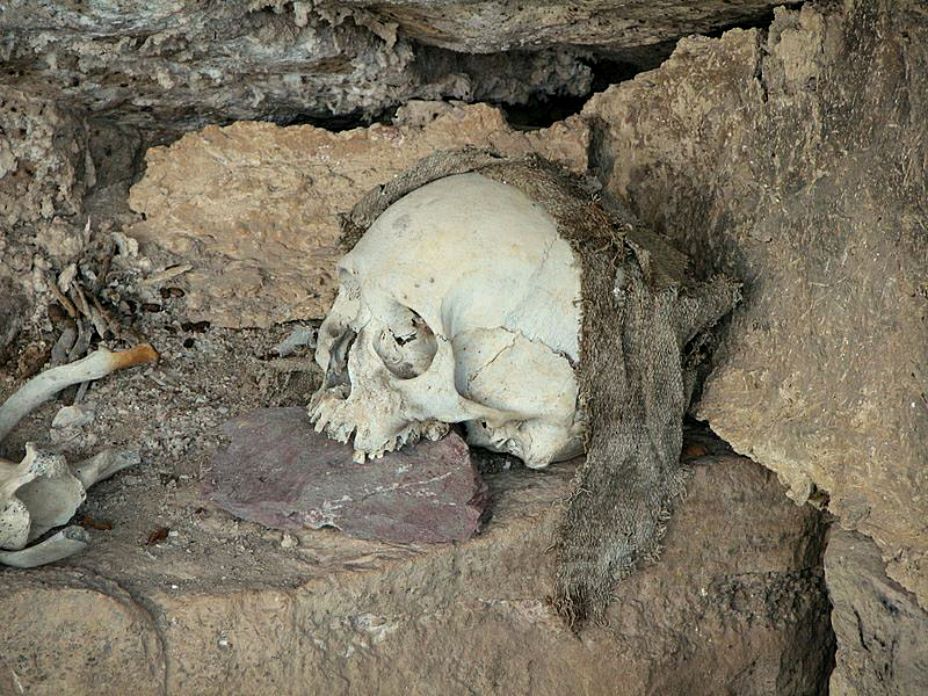
cunchiusioni
Ancient Peru was home to many cultures, most of them still quite mysterious to modern archaeologists, and the Chachapoya culture is one of the most significant of them. They had totally different characteristics and rituals from others in the region, and they achieved powers that no one could gain at the time. Many call them of divine, many relate them with an advanced lost civilization, while many claim them to be the descendants of Europeans.




